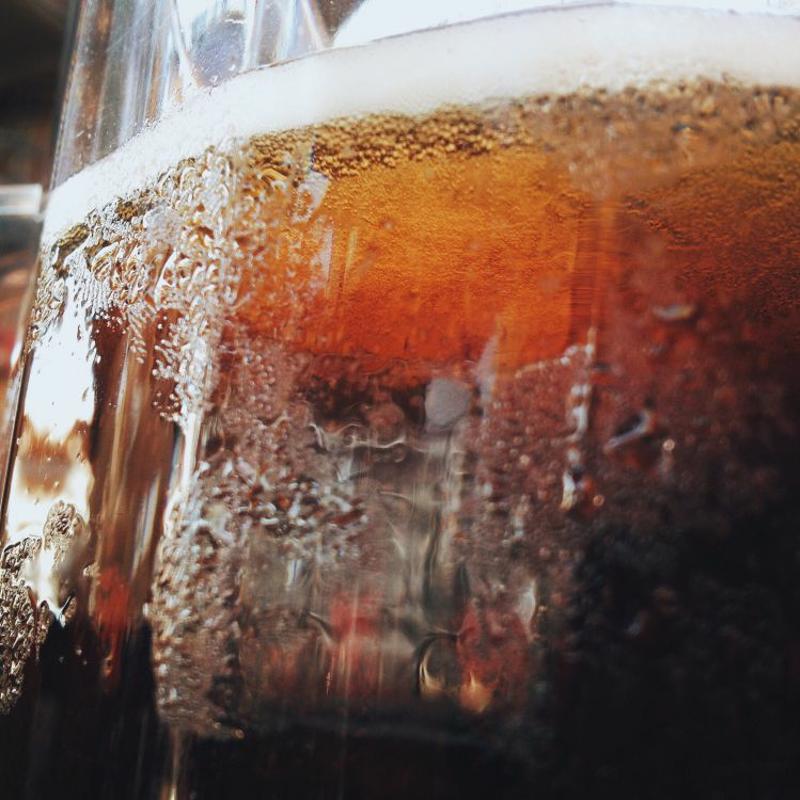Coffee can be a chef’s best friend during a long double shift or an early open. It’s pretty great as an ingredient in certain dishes, too. And, of course, it stands on its own as a beverage enjoyed by customers in a variety of styles and forms. From a hot mug of coffee at the neighborhood diner to a cold brew with a specific bean blend perfectly paired with an entree at an eatery focused on haute cuisine, coffee is nothing if not versatile. With cold brew in mind, let’s look at recent innovations with this popular version of coffee and how Boulder culinary school students can incorporate it into their menus.
 Cold brew is increasingly popular among coffee drinkers.
Cold brew is increasingly popular among coffee drinkers.What is cold brew?
It’s important to understand the difference between traditional iced coffee and cold brew, as the processes for making each and the resultant flavors can differ significantly. Classic iced coffee is simply coffee made with a traditional hot brewing process and then cooled. Sugar and other flavorings are often added while the coffee is still hot so they’ll more easily dissolve. Because these drinks are often iced to lower their temperature, they’re brewed to be stronger before the cooling process dilutes them.
Cold brew coffee, on the other hand, doesn’t come close to hot water as it’s made. The brewing process uses room temperature or cold water to create a final product that doesn’t need to be cooled, and therefore cut with water, before it’s enjoyed. The major difference is the amount of time it takes to steep the grounds. Without the presence of heat to speed up the process, it can take 12 hours or more to finish a cold brew session. From there, the grounds are carefully removed with a fine mesh screen or similar device and the coffee is ready to drink. The result is a more flavorful and robust beverage that can accompany a variety of dishes or be enjoyed on its own.
Looking at cold brew trends
One of the most important cold brew trends is its increased popularity. Industry publication Daily Coffee News said even as the growth of coffee shops slows down, interest in cold brew increases. It’s also worth noting that home brewing for this cold coffee drink isn’t yet a widespread trend. This may be due to the extended period of time required to complete the process and the need to purchase new home equipment. While cold brew is an increasingly common choice among coffee drinkers, it’s something they mainly decide to have at restaurants and coffee shops.
As Bloomberg noted, cold brew can also lead to increases in sales during the warmer months of the year, when demand for hot coffee drops off. Although coffee sales are only a small part of overall sales at most restaurants, it’s worth keeping seasonality in mind. You can serve cold brew all year round, but it can be especially popular in the summer.
In terms of utilizing cold brew with specific dishes, the classic combination of sweet and bitter for desserts and coffees is an easy place to start. You can contrast hot desserts with a glass of cold brew to create a new twist on the classic. You may also want to consider recommending it with appetizers and salads that feature a lot of fruit, as there’s a similar sweet-bitter balance. As far as entrees go, cold brew can work well with dishes that have a higher fat content and not too much acidity, be it an avocado-based meal or certain cuts of meat. There’s plenty of room to experiment with your own novel combinations, too.



